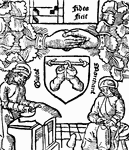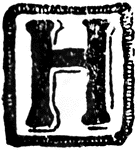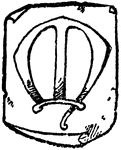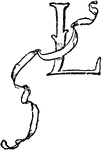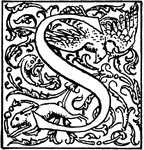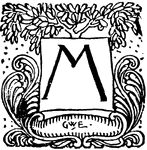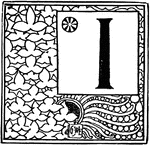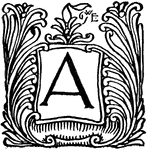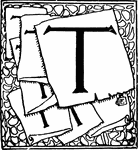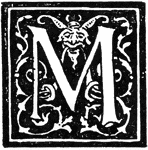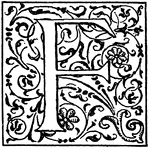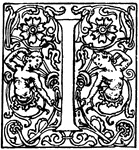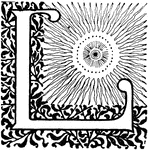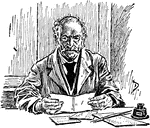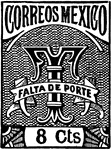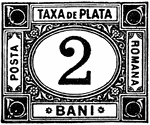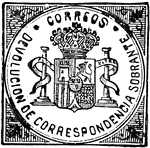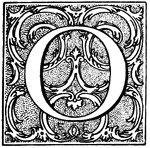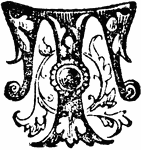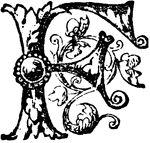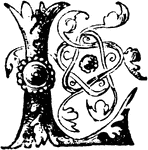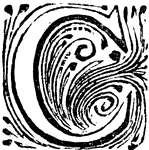
Penmanship
The correct position when the pen is at the bottom of an extended letter below the line, the pen being,…

Shield-Budding
"The simplest and most generally practised form of budding is that called Shield budding or T-budding.…
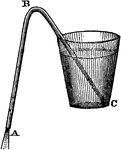
Syphon
"Take a tube bent like the letter U, and, having filled it with water, place a finger on each end, and…

Larynx
The larynx viewed from its pharyngeal opening. The back wall of the pharynx has been divided and its…

Fissures and Lobes of the Liver
Fissures and Lobes of the liver. There are 5 fissures of the liver, which are situated on the inferior…

Silver Trime Coin, 1851
Trime (3 cents) United States coin from 1851. Obverse has the Union shield lying on top of a six-pointed…

Copper Pence Coin, No Date
Pence (1 pence) Rosa Americana Series coin. Obverse has a right-facing image of George I surrounded…
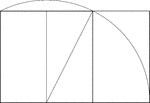
Construction Of A Golden Rectangle
Illustration showing the construction of a golden rectangle. Beginning with a unit square, a line is…

Golden Rectangle
Illustration showing the golden rectangle. Two quantities are considered to be in the golden ratio if…

Golden Rectangles
Illustration showing a nesting of 2 golden rectangles. Two quantities are considered to be in the golden…

Golden Rectangles
Illustration showing a nesting of 3 golden rectangles. Two quantities are considered to be in the golden…

Golden Rectangles
Illustration showing a nesting of 4 golden rectangles. Two quantities are considered to be in the golden…

Golden Rectangles
Illustration showing a nesting of 5 golden rectangles. Two quantities are considered to be in the golden…

Golden Rectangles
Illustration showing a nesting of 6 golden rectangles. Two quantities are considered to be in the golden…

Golden Rectangles
Illustration showing a nesting of 7 golden rectangles. Two quantities are considered to be in the golden…

Golden Rectangles
Illustration showing succession of golden rectangles that are used to construct the golden spiral. Two…

Golden Rectangles
Illustration showing succession of golden rectangles that are used to construct the golden spiral. Two…

Type
A piece of wood or metal to stamp a letter or character. "(1) the body, (2) the face, (3) the shoulder,…
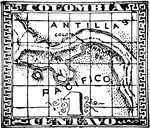
Panama, Colombian Republic 1 Centavo Stamp, 1887-1889
Panama, Colombian Republic Stamp (1 centavo) from 1887-1889

Colombian Republic Cencuenta Centavos Insured Letter Stamp, 1870
Colombian Republic Insured Letter Stamp (50 centavos) from 1870

Tolima, Colombian Republic Diez Centavos Insured Letter Stamp, 1879
Tolima, Colombian Republic Insured Letter Stamp (10 centavos) from 1879
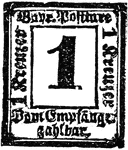
Bavaria Return Letter Stamp Unknown Value, 1865
Bavaria Return Letter Stamp (value unknown) from 1865
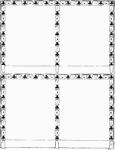
Letter and Ink Border
A decorative border of envelopes, letters, and inkwells with four windows and banners for captions.
